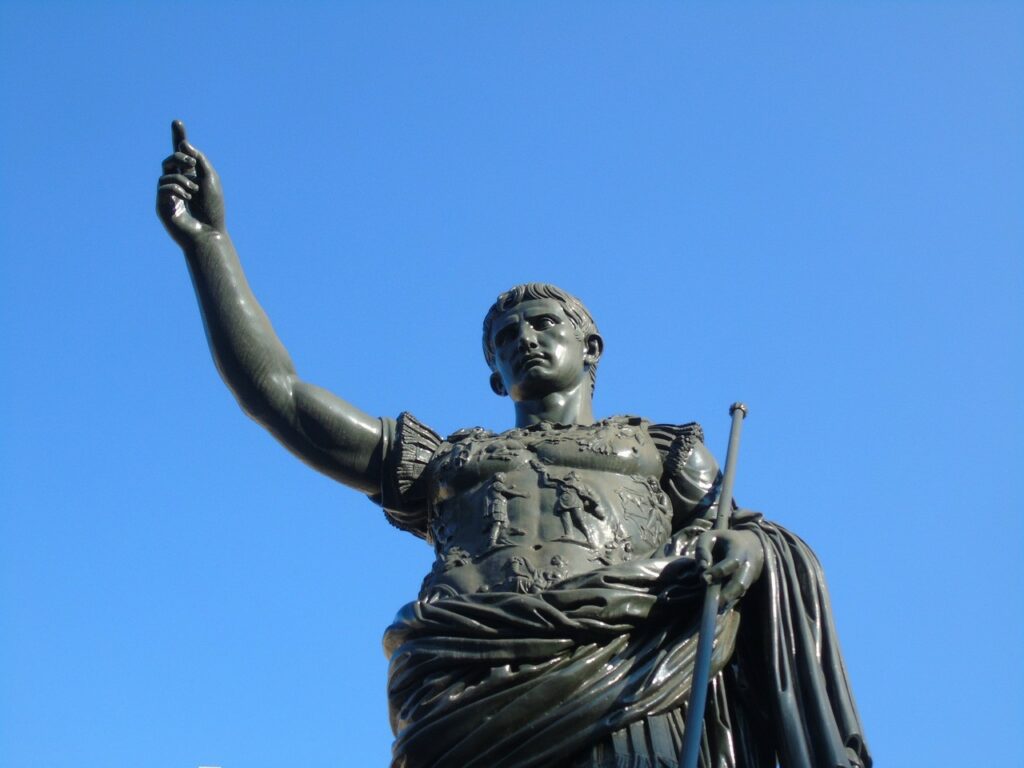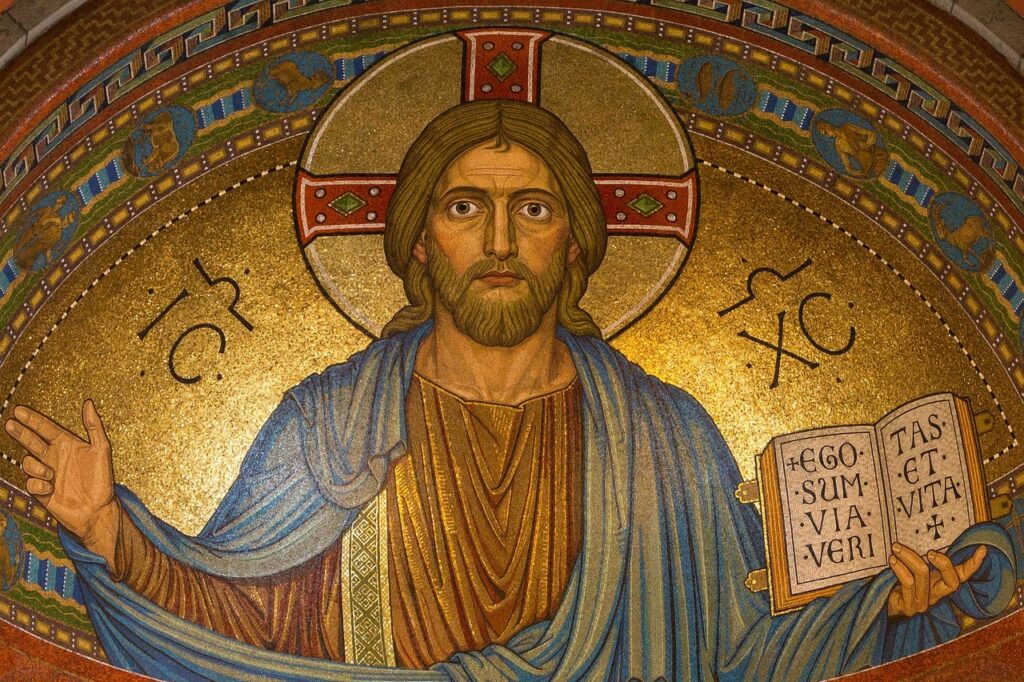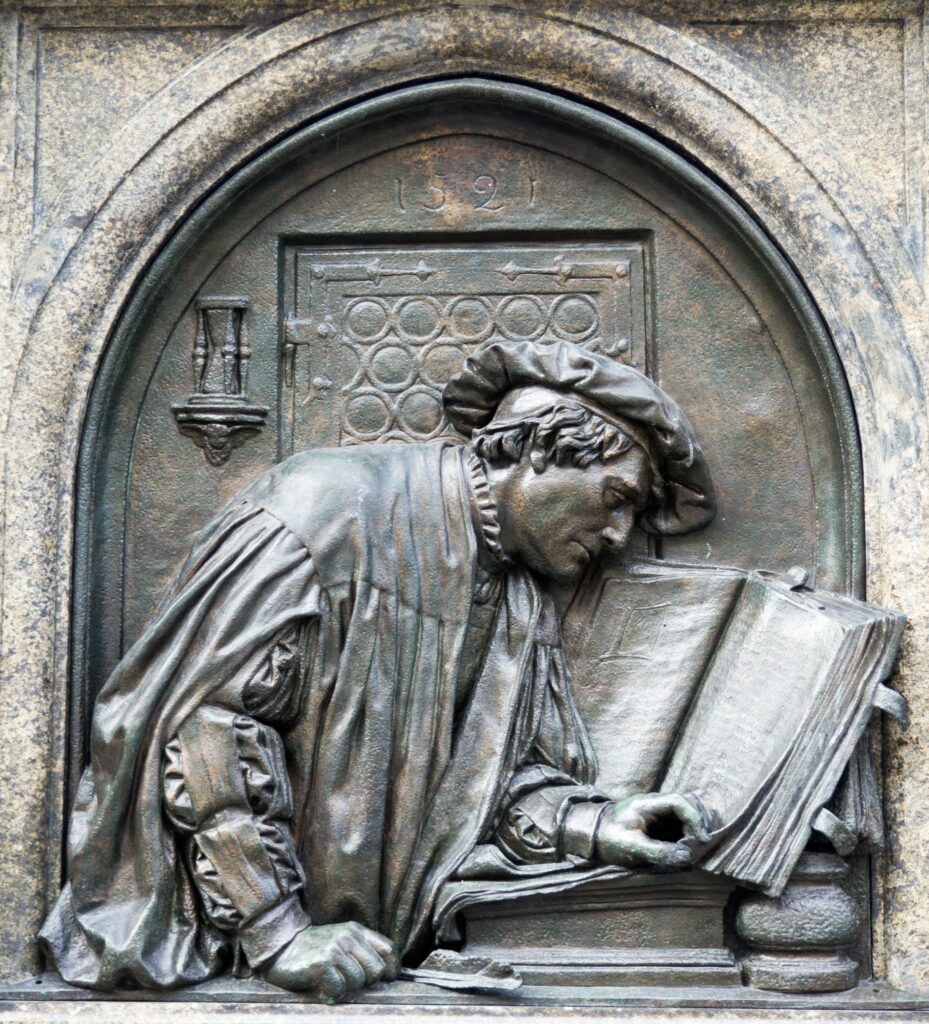The tradition of giving the bride away dates back to Ancient Rome and was revived in 1549. Read on to find out why!

From Medieval times to 1549, a bride arrived at her wedding ceremony in an entirely unique way from the way she often does today.
Until 1549, there was a procession from the bride’s home to the church doors. The wealthier the bride’s family was, the more likely it was that minstrels (musicians) cavorted in front of the bride and groom playing music loudly to announce the upcoming wedding. If the bride’s family was of more modest means, family members and friends might lead the procession while playing musical instruments and singing.
Behind the minstrels walked the bride and groom.
She walked on the groom’s left side to remind all that Eve was made from a rib on Adam’s left side.
Right behind the walking bride and groom was the best man on horseback. Armed with a sword, the best man was there to protect the bride and groom from kidnappers and overly aggressive beggars.
To recap, minstrls singing and playing musical instruments such as lutes, flutes (or recorders), psalterys, harps, capered along at the front of the parada, calling attention to the wonderful event of the wedding.
The minstrels were followed by the bride and groom who walked.
Behind them was the best man (actually, the best swordsman) riding his horse. He was there to protect the couple.
Behind the best man, the groom’s parents walked. Behind them, the bride’s parents walked.
All that changed in 1549.
Why?
Let’s take a quick journey back into history to find out why.


From 625 B.C. to 476 A.D., the Roman Empire ruled much of Europe and the Middle East.
In the Roman Empire, women were considered tutela mulierum perpetua or under the continual guardianship of a man, be he her father, her husband, or her master. When she married, her guardianship transfered from her father to her husband.
This idea will reappear in 1549.
Throughout the Roman Empire, an interesting variety of religious tolerance was practiced: As long as a person conformed to Roman paganism (and worshiped the meperors who promoted themselves to “god”), the person could practice whatever other religion they selected privately. (Anyone who didn’t worship the emperor-gods was persecuted.)
In 380 A.D, Christianity became the state religion of the Roman Empire.

Up until 1054, the Christian church was one church. In 1054, the church split into two due to theological differences.. After the schism, the pope was the Supreme Head of the Roman Catholic Church and the Archbishop of Constantinople (now Istanbul, Turkey).was the leader of the Greek Orthodox Church. The Greek Orthodox Church allowed priests to marry and church services were conducted in the local language. The Roman Catholic Church allowed neither. Neither church approved of divorce.

In 1517, Martin Luther started the Reformation in Western Europe. (See the image on the left.) People (called “Protestants”) suggested reforms to the pope’s authority and to the Roman Catholic Church.
In 1534, King Henry VIII of England took the reforms much further: He broke entirely with the Church and appointed himself Supreme Head of the Church of England, a Protestant church.
While Henry worked to find a middle ground between Catholic and Protestant theology, his son, King Edward VI moved the Church of England swiftly away from Catholicism and toward Protestant Calvinism. In 1549, Edward published the first Book of Common Prayer in England. In addition to prayers, the book set forth the doctrines and new traditions of the Church of England.
In this book, the world view of tutela mulierum perpetua (a woman needs a guardian 24/7) was revived.
This concept was stated clearly in the 1549 Book of Common Prayer in which the practice of the bride’s father “giving away” the bride to her next guardian (her husband) became part of the wedding ceremony. Since the bride was considered her father’s property, her father gave her away in a business transaction to her husband.
Did any bride’s ever resist being given away?
Jeanne III D’Albret, niece of France’s King Francis I, had to be pushed to the altar to marry her husband. To learn more, click here: https://www.youtube.com/watch?v=wkWDKzyVDAA.
While today’s brides are escorted by someone who loves them, exactly who this escort is includes mothers, aunts/uncles, grandparents, siblings, and other people of importance in the bride’s life.

Or she can walk herself to the wedding ceremony space all by herself.
As the bride, the choice is yours!
And now you know! 🙂
Images courtesy of Pexels.com, Pixabay.com, and Unsplash.com.
© 2023. Come Rain or Shyne, LLC. All rights reserved.



